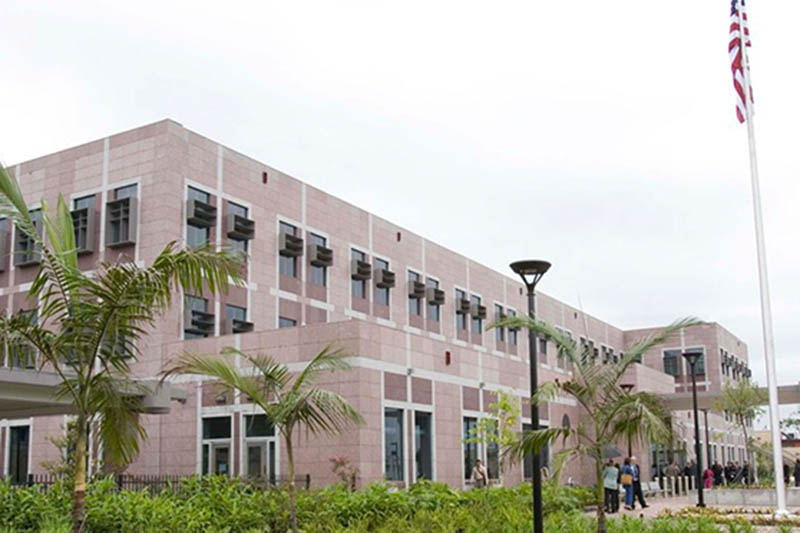Nepalis still qualify for temporary protected status in US
WASHINGTON: Nepalis residing in the United States of America still qualify for temporary protected status, the Department of Homeland Security said in the statement on Monday.
However, United States is ending temporary protected status for citizens of Sudan as of 2018 but extending it for citizens of South Sudan through mid-2019, it said in the statement.
Temporary protected status allows nationals of certain countries, often facing armed conflict or major natural disasters, who are already in the United States to temporarily remain and work there. Both Sudan and South Sudan's designations were due to expire on Nov. 2.
Instead, Sudanese nationals are allowed to stay legally for another year, but then must leave. DHS urged them in a statement to use their remaining time to "prepare for and arrange their departure from the United States" or apply for other visa types allowing them to stay.
But acting DHS Secretary Elaine Duke decided to extend South Sudan's TPS status until May 2, 2019, DHS said, "because the ongoing armed conflict and extraordinary and temporary conditions" that prompted the 2016 decision to grant the status to South Sudanese have persisted.
South Sudan was the world's youngest country when it became independent from neighboring Sudan in 2011 following decades of conflict.
But the new nation dissolved into civil war less than two years later, after President Salva Kiir, an ethnic Dinka, fired his deputy, Riek Machar, a Nuer.
Since then tens of thousands have died, and 3.5 million of the country's 12 million citizens have fled their homes, creating Africa's largest refugee crisis since Rwanda's 1994 genocide.
El Salvador, Haiti, Honduras, Nepal, Nicaragua, Somalia, Syria and Yemen are the other countries whose nationals can qualify for temporary protected status in the United States, it said in the statement.
It does not apply to those who are living illegally there.
However, the expiry date of such status granted to Nepali citizens is not mentioned in the statement.






